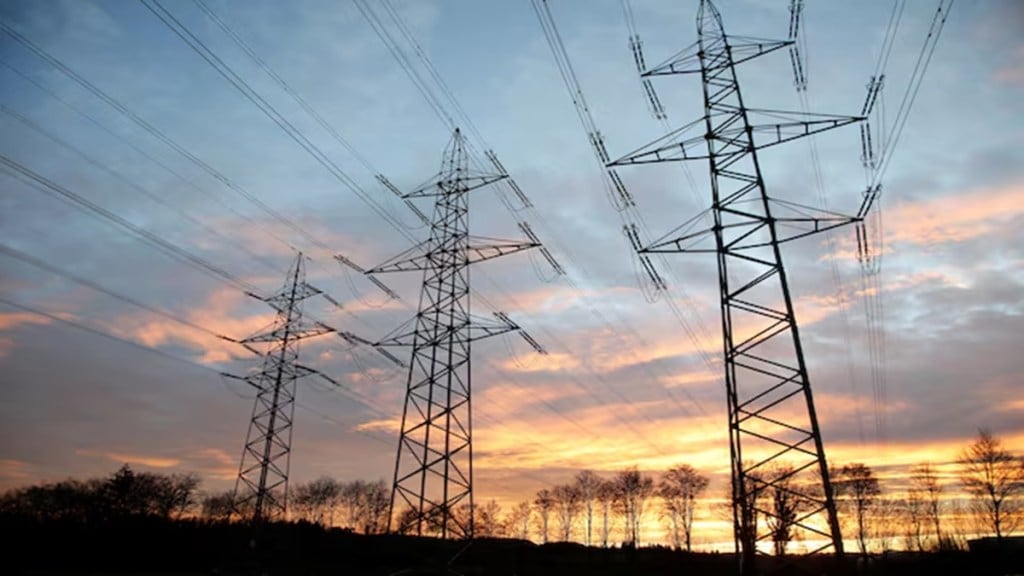Electricity prices in the spot market declined by 16% year-on-year during July despite the increase in demand, owing to higher supply side liquidity on the exchange platform, according to data from the Indian Energy Exchange (IEX).
Electricity consumption during July reached 153.6 billion units, up 2.6% compared to the previous year, the data showed. The market clearing price in the day ahead market stood at Rs. 4.18 per unit during July, down 16% from the same period last year. Similarly, prices in the real time market stood at Rs 3.83/unit last month, down 23% from July 2024.
These prices presented an opportunity for discoms and commercial and industrial consumers to meet their demand at a competitive price and to replace their costlier power by procuring through exchanges, IEX said.
Market coupling to begin in January 2026
After a much awaited delay, the Central Electricity Regulatory Commission has now approved market coupling in power exchanges in a phased manner. To begin with, the regulator has announced to start the implementation of the coupling of ‘day-ahead market’ (DAM) of the power exchanges in a round-robin mode by January 2026.
The move is expected to lower the power prices in the spot market due to increased liquidity and provide a uniform market clearing price for electricity traded, say experts.
However, others have also flagged execution challenges, citing a lack of clarity on technology sourcing and infrastructure readiness. Despite the ambitious target, they argue that a functional rollout could take up to two years.
Government ensures adequate coal and capacity
The peak demand for power this season so far has touched 242.5 gigawatt (GW) in June, against the government’s projections of 270 GW. Last year, the peak demand for power reached 250 GW.
In response to the likely increase in demand, the government has implemented necessary measures, including the mandatory operation of imported coal-based plants, gas-based plants, and better availability of coal.
Coal stocks at the country’s thermal power plants stood at 89% of the normative level as on August 8, at 52.4 million tonnes, data from the Central Electricity Authority showed.
As on June 30, the country’s total installed capacity stood at 484.8 gigawatt (GW). Of this, renewable energy capacity stood at 233.99 GW and thermal capacity at 242 GW.
